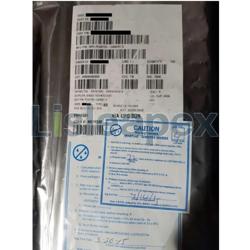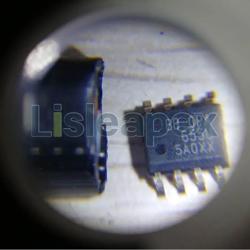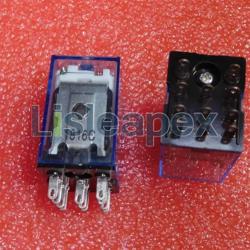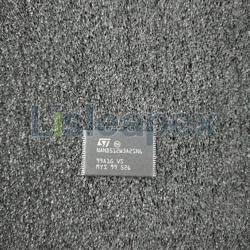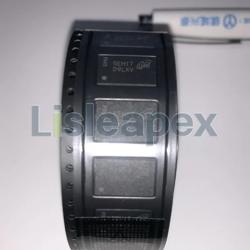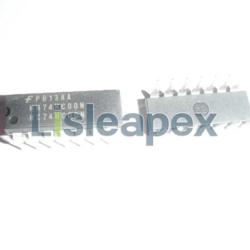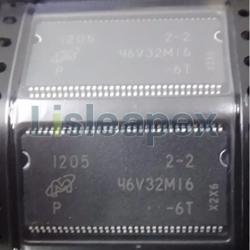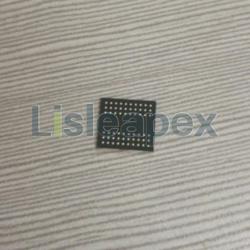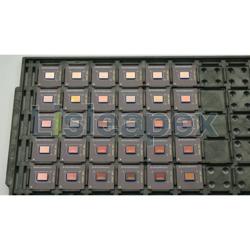Lee Kwang-hyung, the President of Korea Advanced Institute of Science and Technology (KAIST), announced that a team of researchers led by Professor Kyung-chul Choi from the School of Electrical Engineering has successfully developed a waterproof, transparent, and flexible OLED using MXene nanotechnology. Even when exposed to water, this OLED can emit light and display images.
This achievement was made possible through a collaborative research effort with Dr. Lee Yong-hee from the Institute for Advanced Nanoscience.
Two-dimensional MXene materials exhibit high conductivity and permeability and possess characteristics that enable large-scale production through solution processing. However, their electrical performance is susceptible to degradation from moisture or water in the air, making it challenging to utilize them in long-lasting electronic devices.
The research team has developed a long-lasting OLED based on MXene, employing an "encapsulation" strategy to prevent oxidation. A dual-layer encapsulation film has been designed to block moisture while maintaining flexibility. Additionally, a plastic film with a thickness of tens of micrometers (um) is applied on top, allowing for washability.
They have developed an MXene-based red (R)/green (G)/blue (B) OLED with a brightness (luminance) of 1000 cd/m2 or higher, making it visible even in outdoor settings.
For MXene-based red OLEDs, they exhibit a standby shelf-life of 2000 hours (maintaining 70% brightness), a standby driving lifespan of 1500 hours (maintaining 60% brightness), and flexibility with a bending radius as low as 1.5 millimeters, enabling over 1000 curvature bends. Furthermore, even after being immersed in water for six hours, they still maintain 80% of their brightness.
The research team has also utilized patterning techniques to produce MXene-based OLEDs in the form of passive matrices, enabling the display of letters and shapes, showcasing transparent displays.
Professor Kyung-cheol Choi stated, "We anticipate its applicability in various fields such as vehicle displays, fashion, and functional clothing."

 Congratulations On Your Successful Submission
Congratulations On Your Successful Submission
 Submission Failure
Submission Failure




